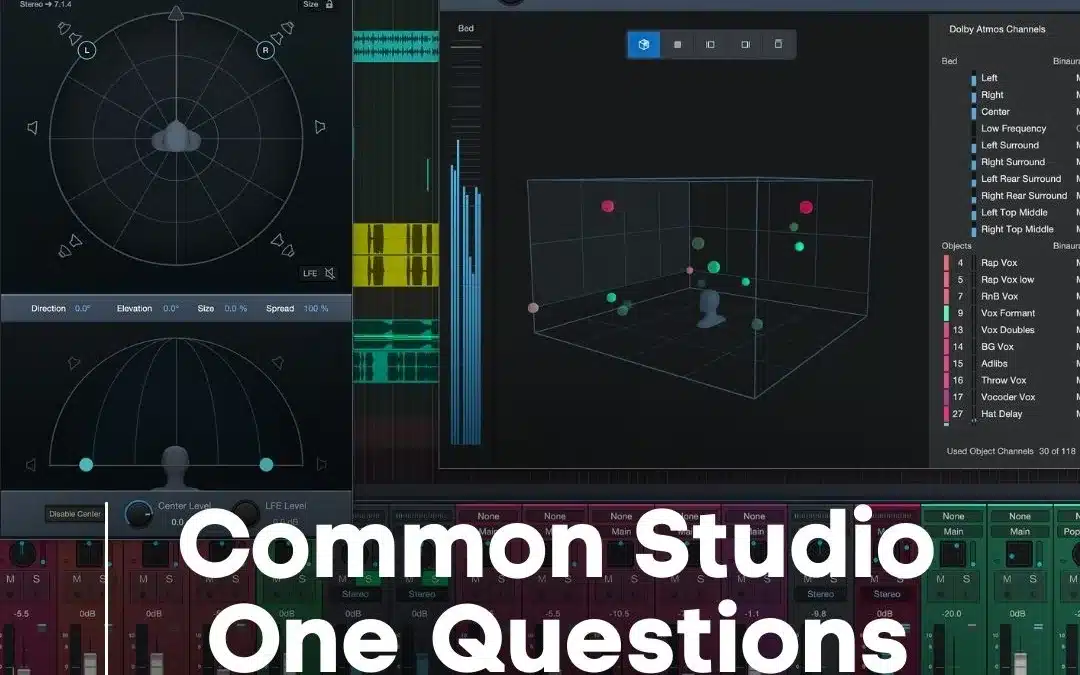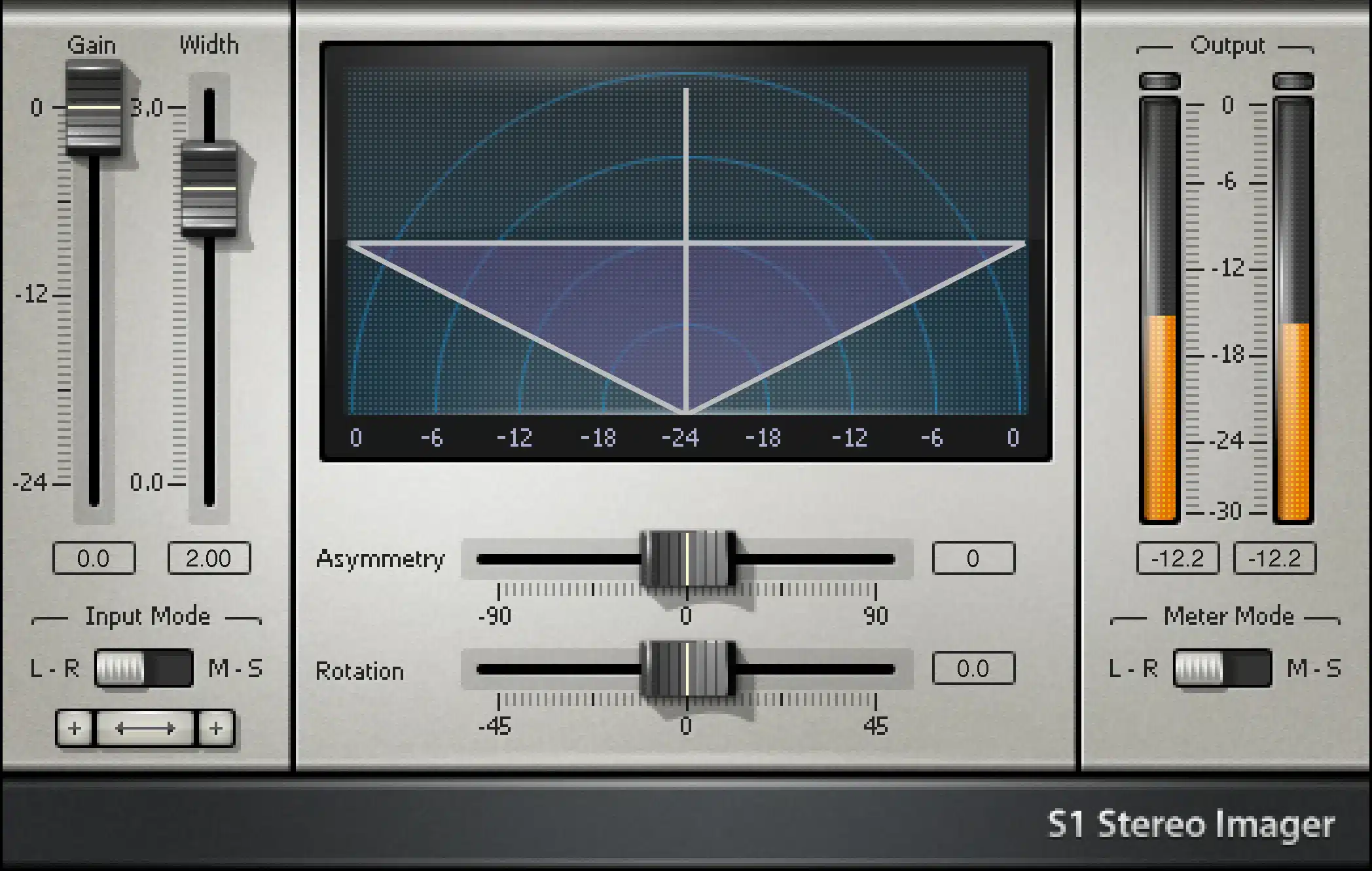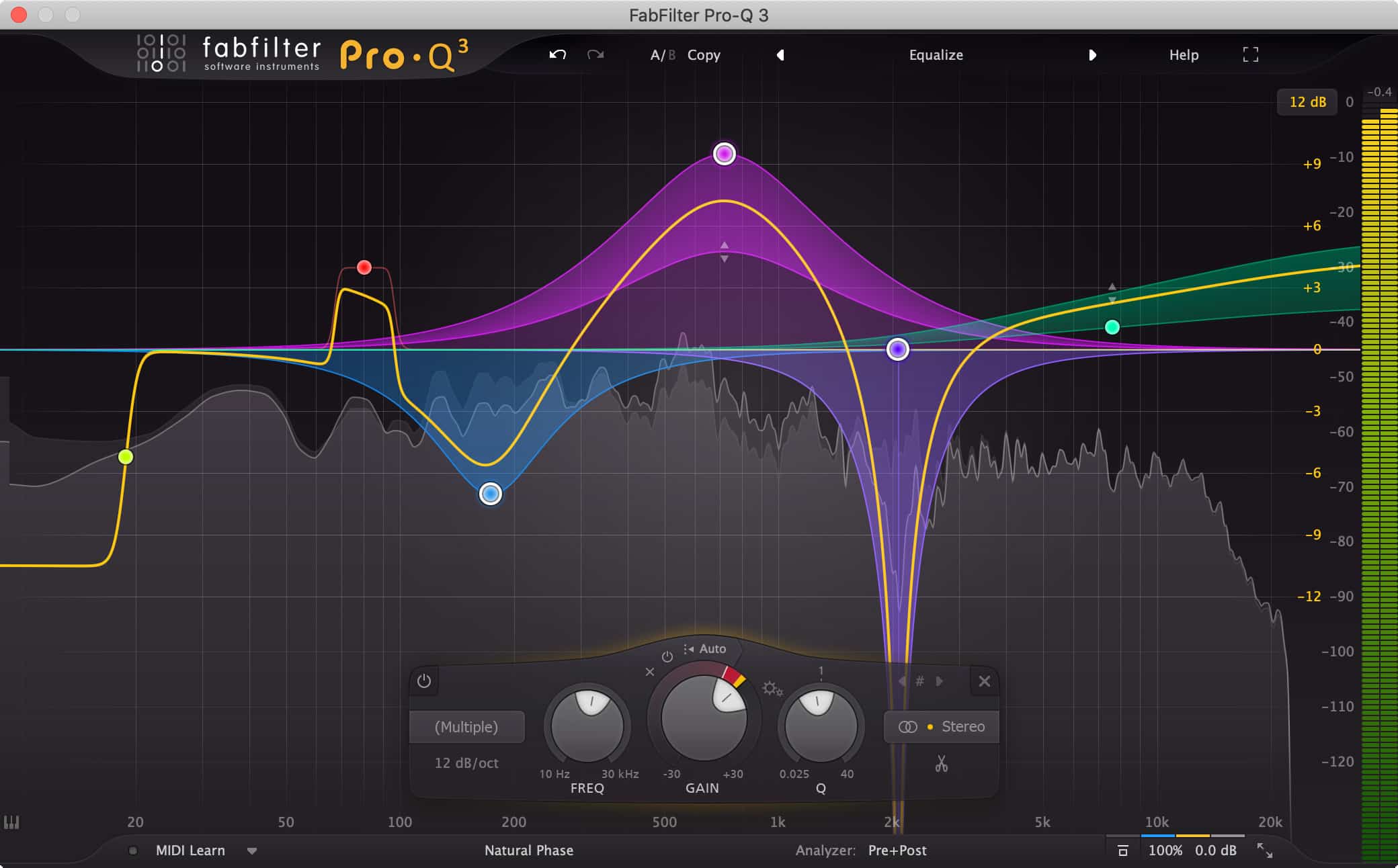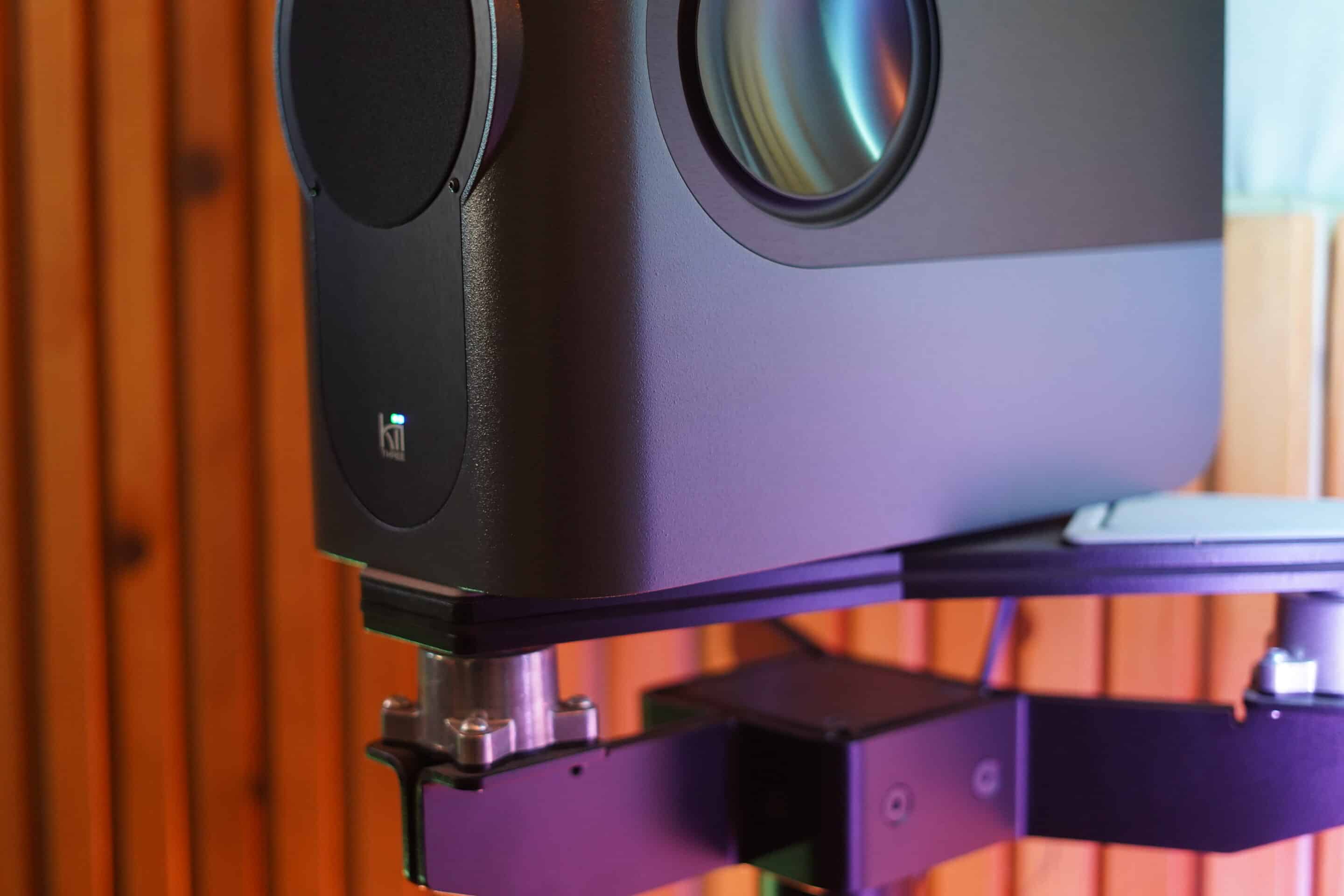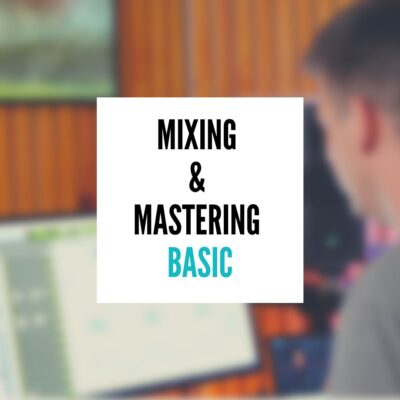Exploring Studio One 6.5: Answers to Common Questions for Beginners
Introduction
As someone who has navigated the complexities and joys of music production, I understand how important it is to choose the right DAW (Digital Audio Workstation). I’ve used Pro Tools for years (and still do), But my daily driver has become Presonus Studio One. That’s why I’m here to talk about Studio One 6.5 – a popular choice among both beginners and seasoned mixing and mastering engineers. In this article, I’ll answer some of the most common questions you might have about Studio One. Whether you’re just starting out or considering a switch, this guide is tailored just for you.
1. Is Studio One Free?
The question of affordability is a key concern for many beginners in the music production realm. So, is Studio One free? The answer is yes and no. Studio One offers a free version called Studio One Prime. It’s a great starting point for those new to music production, offering basic recording and editing features. However, it has limitations compared to the paid versions – Artist and Professional.
The paid versions offer a plethora of advanced features that are not available in the free version. These include more tracks, effects, virtual instruments, and advanced editing capabilities. Investing in one of the paid versions might be worthwhile if you’re serious about your music production journey. However, Studio One Prime is a wonderful place to start for those just dipping their toes in.
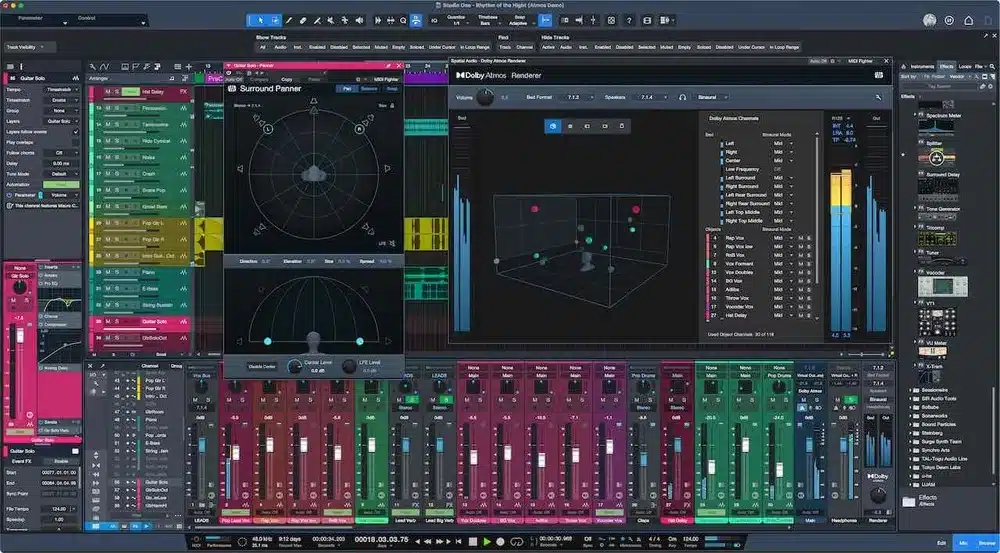
Studio One 6.5
2. Is Studio One a Good DAW?
As someone who has used various DAWs over the years, I can confidently say that Studio One is indeed a good DAW, especially for beginners. Its intuitive user interface makes it easy for newcomers to grasp the basics of music production without feeling overwhelmed. The drag-and-drop functionality is a real-time-saver, and the software’s overall stability means less frustration and more music-making.
Compared to other DAWs like Ableton Live or Pro Tools, Studio One strikes a great balance between ease of use and advanced features. It might not have every single high-end feature of the more expensive DAWs, but for most users, Studio One provides everything needed to produce high-quality music.
3. Does Studio One Come with Melodyne?
One of the standout features of Studio One is its integration with Melodyne, a powerful tool for pitch correction and audio editing. The good news is, yes, Studio One does come with Melodyne – but there’s a catch. Only the Professional version of Studio One includes a full license for Melodyne Essential. This version allows for seamless integration, making pitch correction and timing adjustments a breeze.
For those using the Artist or Prime versions, Melodyne can be purchased separately and used as a plug-in. While it’s an additional cost, the functionality and ease of use it brings to your audio editing process are well worth it, especially if you’re dealing with vocal tracks.
4. Does Studio One Have Autotune?
When it comes to vocal processing, Autotune is a tool that’s become almost synonymous with modern music production. Studio One does not come with the branded ‘Autotune’ software, but it does have its own pitch correction features. Additionally, with the integration of Melodyne in the Professional version, you get advanced pitch correction capabilities that can achieve similar results to Autotune.
For those who prefer the specific Autotune plugin, it can be purchased separately and added to Studio One. The DAW is compatible with most VST3, AU, and ReWire plugins, so incorporating Autotune into your workflow is relatively straightforward.
5. Compatibility with Mac and Windows
As a music producer, you might be working on a Mac, a Windows PC, or even switching between the two. Studio One is versatile in this regard – it’s fully compatible with both Mac and Windows operating systems. This compatibility is a big plus for Studio One users, as it ensures a smooth experience regardless of the platform.
Whether you’re running a high-end Mac or a Windows PC, Studio One is optimized to run efficiently, ensuring stability and speed. This cross-platform compatibility makes it a great choice for studios or individuals who operate in a mixed hardware environment.
6. Do Professionals Use Studio One?
A common question among beginners is whether professional producers and sound engineers use Studio One. The answer is a resounding yes. Studio One is known for its robust features, high-quality audio processing, and efficient workflow, making it a favored choice among many professionals in the industry. I use Studio One everyday to mix and master songs from major label to independent artist.
What makes Studio One appealing to professionals is its blend of simplicity and advanced functionality. It’s flexible enough to cater to complex production needs while remaining user-friendly. This balance makes it an excellent tool for both high-end studio work and home studio projects.
9. Which Studio One Should I Buy?
Deciding which version of Studio One to purchase can be challenging, especially for beginners. Studio One comes in three primary versions: Prime, Artist, and Professional.
- Prime: The free version, ideal for beginners who are just starting out and want to learn the basics without any financial commitment.
- Artist: A step up from Prime, offering more features, instruments, and effects. It’s perfect for hobbyists or those who have outgrown the limitations of the free version.
- Professional: The most comprehensive version, packed with all the features, plugins, and capabilities Studio One has to offer. It’s suited for serious musicians, producers, and audio engineers who need advanced tools for their work.
Your choice should depend on your needs, experience level, and budget. If you’re just exploring the world of music production, starting with Prime and then upgrading as you grow is a sensible approach.
10. Where are Studio One Plugins Located?
For many beginners, navigating through a DAW and finding plugins can be daunting. In Studio One, accessing and utilizing plugins is quite straightforward.
Plugins in Studio One are located in the ‘Browse’ panel on the right side of the screen. Here, you can find your instruments, effects, loops, and samples. Adding a plugin to your track is as simple as dragging it from the Browse panel onto your track or channel. Studio One also allows you to customize your plugin folders, making it easier to organize and find your favorite tools quickly.
Conclusion
Embarking on the journey of music production can be exhilarating, and choosing the right DAW is a crucial step in that journey. Studio One 6.5, with its user-friendly interface, robust features, and compatibility across platforms, presents itself as a strong contender for both beginners and professionals.
Whether you’re taking your first steps in music production or are an experienced producer looking for a reliable and efficient DAW, Studio One offers a solution that meets a wide range of needs. From its free Prime version to the feature-rich Professional edition, there’s a version of Studio One for everyone.
Remember, the best DAW is the one that fits your workflow, style, and creative needs. Studio One, with its growing popularity and professional endorsements, is certainly worth considering as you make your choice.
So, dive into Studio One and start creating the music that expresses your unique artistic vision. The world of music production is vast and exciting, and Studio One could be the perfect companion on your creative journey. If you have studio one sessions you would like professionally mixed and mastered feel free to reach out!

